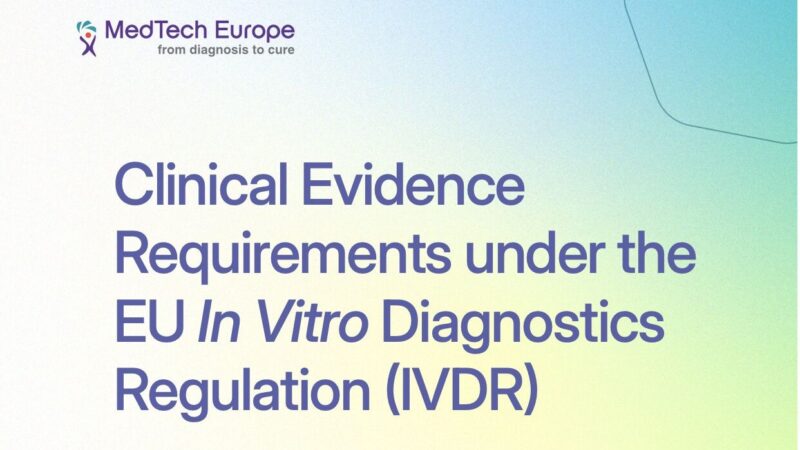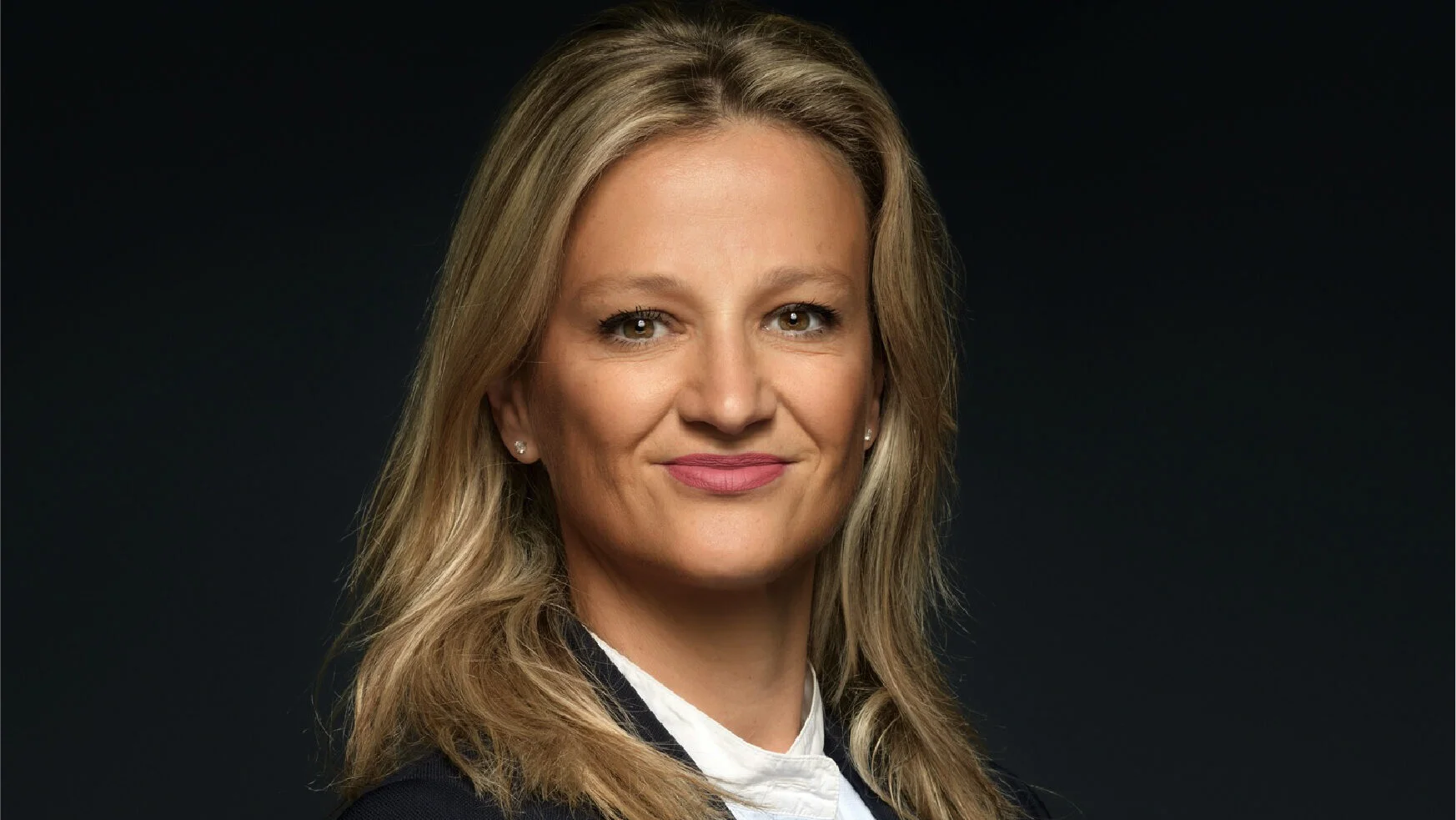Svetlana Nikic, Founder of Precision Oncology Consulting, shared a post on LinkedIn by MedTech Europe, adding:
“MedTech Europe has just launched a new version of its eBook on Clinical Evidence requirements under the EU IVDR.
Below, I provide key takeaways that I believe will be helpful for those of you developing NGS-based IVD assays in oncology (ChatGPT assistance used):
Risk classification: Most oncology NGS assays fall under Class C, requiring strong analytical and clinical evidence.
Scientific validity:
- Use peer-reviewed literature and curated databases (e.g., COSMIC, ClinVar, TCGA).
- Clearly distinguish between well-established vs emerging biomarkers.
- Leverage international frameworks like ESMO/ESCAT tiers or AMP/ASCO/CAP guidelines to justify the level of evidence:
- Tier I (ESCAT) – requires robust clinical performance data (often sufficient literature + method comparison).
- Lower tiers (III–V) – may be reported, but typically need PMPF and disclaimers as evidence matures.
Analytical performance:
- Validate across variant types (SNVs, indels, CNAs, MSI, TMB, HRD).
- Include LoD, reproducibility, and bioinformatics pipeline validation.
- Each specimen type (FFPE, plasma, cfDNA, etc.) must be separately validated.
Clinical performance:
- Demonstrate diagnostic/prognostic/predictive utility.
- Method comparison studies are often expected.
- Real-world data (RWE) can be leveraged for broader panels or rare variants.
Post-market obligations:
- PMPF (Post-Market Performance Follow-up) is essential to keep evidence updated as new biomarkers are added or clinical use evolves.
For MRD assays, the bar is high: you must link ctDNA detection to recurrence risk and show that MRD-guided treatment changes benefit patients.
Why does this matter? The IVDR sets a higher evidence bar than the old IVDD. For oncology NGS assays, this means earlier engagement with Notified Bodies, smarter use of databases and RWE, and strong collaborations with pharma (especially for companion diagnostics).
If you’re developing an NGS-based oncology assay and want to better understand the evolving European landscape, I’d be happy to exchange insights. At Precision Oncology Consulting, we help innovators design evidence strategies that meet regulatory expectations and support payer discussions across Europe.
Please reach out and block 30 minutes in my calendar if you’ll be at ESMO25.”
Quoting MedTech Europe’s post:
“MedTech Europe is excited to present the Fourth Edition of the Clinical Evidence Requirements eBook under the In Vitro Diagnostics (IVD) Regulation.
This updated guide supports IVD manufacturers, regulators, notified bodies, and authorities in navigating performance evaluation under the EU IVD Regulation.
What’s new?
- Revised Chapter on Companion Diagnostics
- New Chapter on Next Generation Sequencing (NGS)-based IVD assays in oncology
- New Chapter on Real-World Evidence
Discover the Fourth Edition of the Clinical Evidence Requirements eBook.”

More posts featuring Svetlana Nikic.
